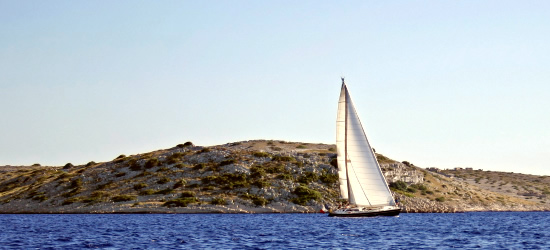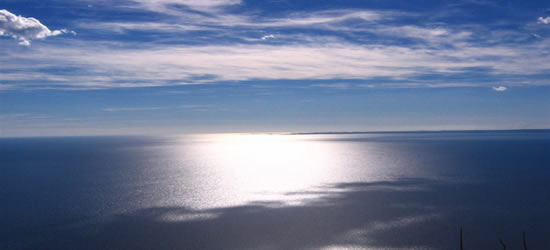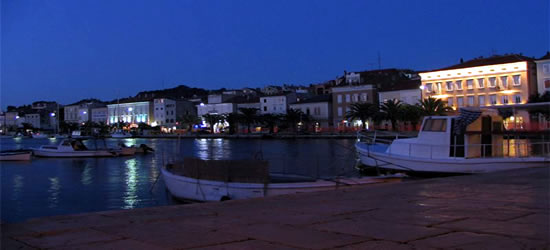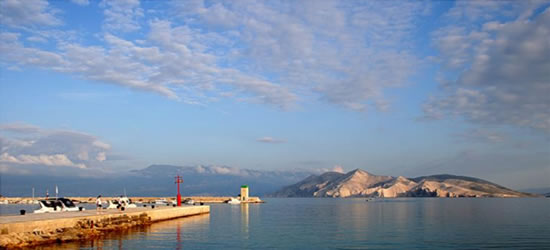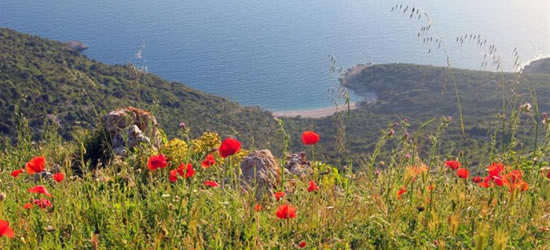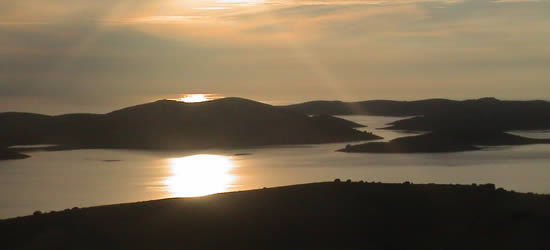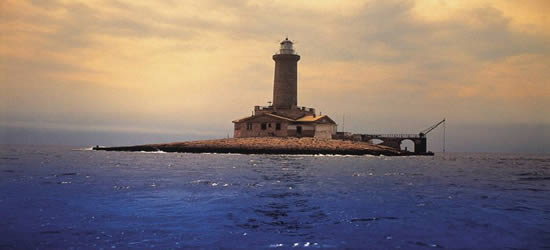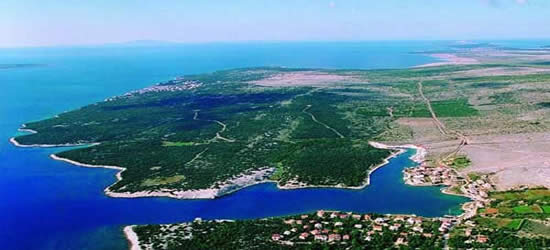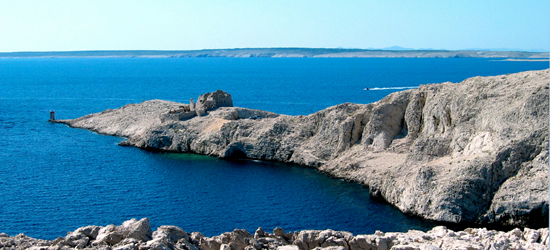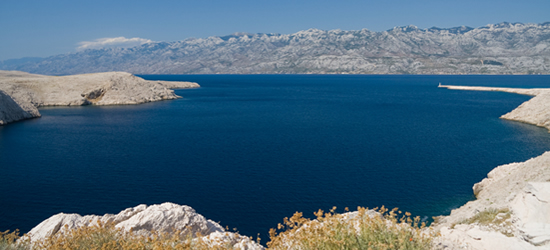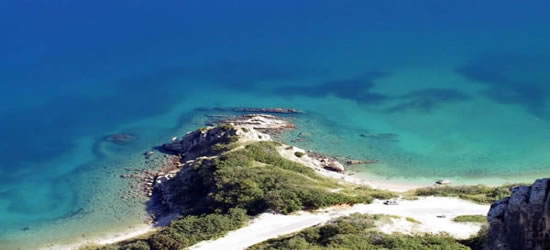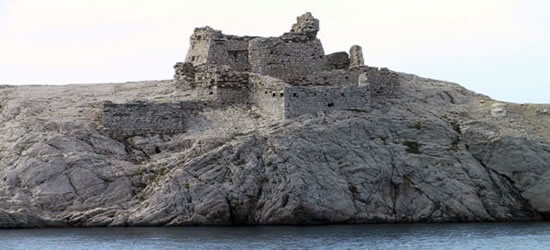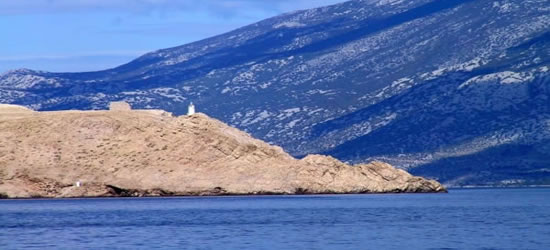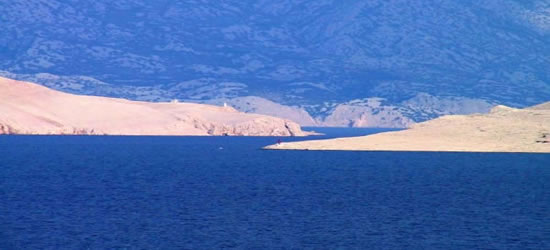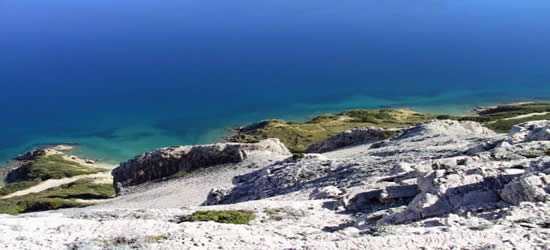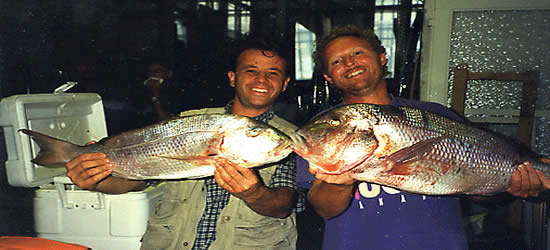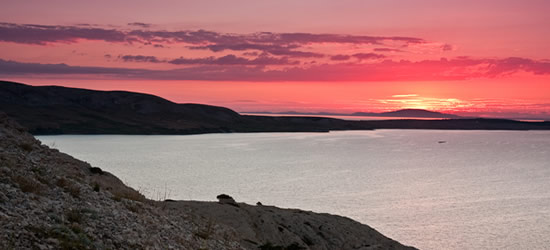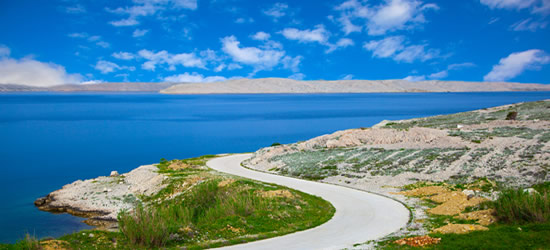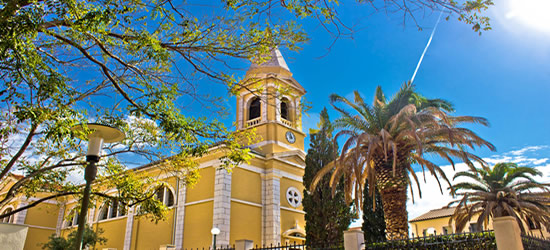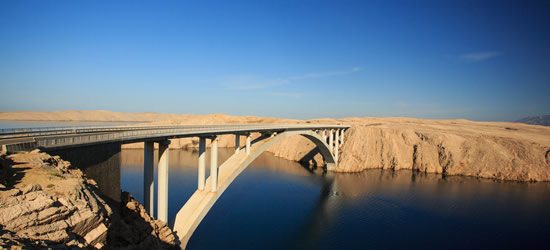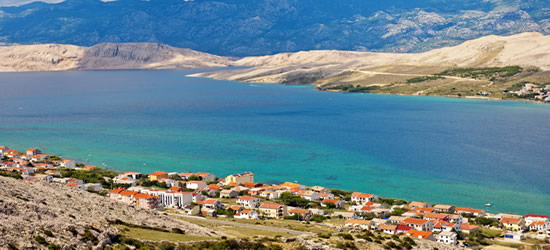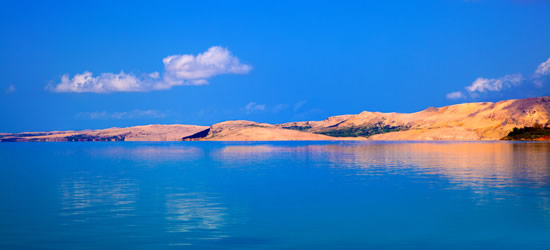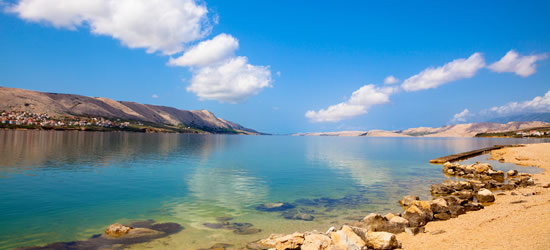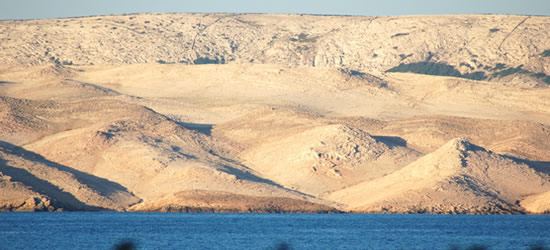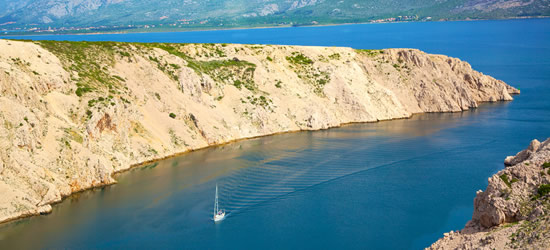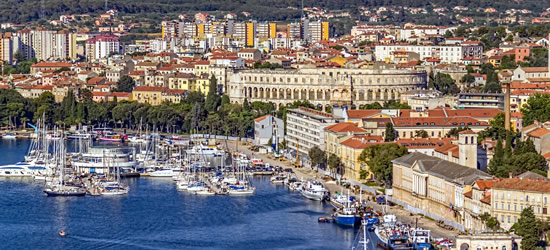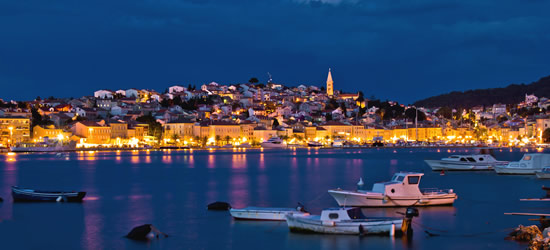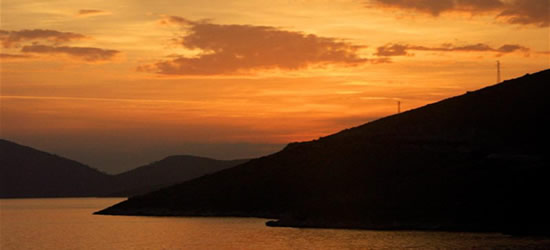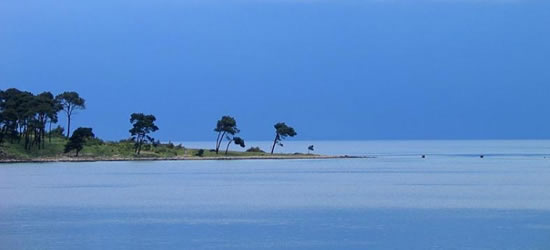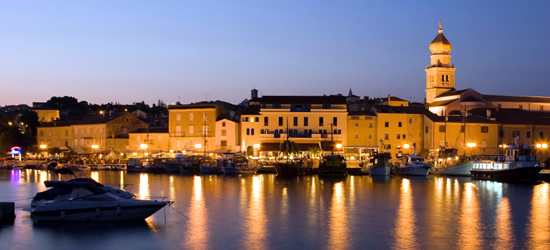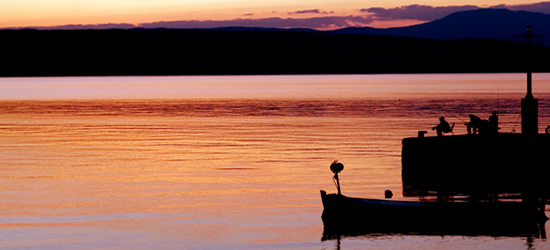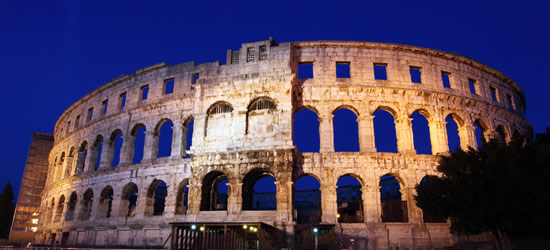In the 10th century Pag was completely urbanised; it had the city walls, towers, fortresses, squares, churches, monasteries, houses and palaces. The citizens were involved in trading, fishing, cattle breeding; they were sailors or salt manufacturers. The village of Koljun was used as the town's port.
According to historical documents, the name Pag was mentioned for the first time in the 10th century. In 976, the King Drzislav liberated Pag from the Byzantine authority and appointed a Croatian district prefect as the administrator of the town. Pag has had its good and bad times like many Mediterranean towns.
In 1192, the Church of St. Marija was constructed. Even today, it is the dominant structure in Stari grad. One of the most important events in the history of the town is the receiving of the Bull of the king Bela IV that granted Pag the status of the Royal Borough, on 30th March 1244. Afterwards, Pag has experienced considerable economic growth.
The life in Pag was built on the common law codex. The citizens were longing for their autonomy and were struggling for it by any means. The prominent figure was Belota Dobronic, a judge who tried to realize the idea of the legal and economic independence of Pag on the General Croatian Convention in Nin, in 1396.
There are many remains of houses and walls in Stari grad as well as the remains of baths and fortresses. However, the best preserved are the parts of the Franciscan monastery and the Romanic church of St. Marija.
The explorers have discovered the remains of the antique monuments and the parts of the foundations in Stari grad that point to the possibility that this town had existed already in the Hellenistic times. The contemporary church of St. Marija in all likelihood was built on the foundations of the Old Croatian basilica from the 8th century.






